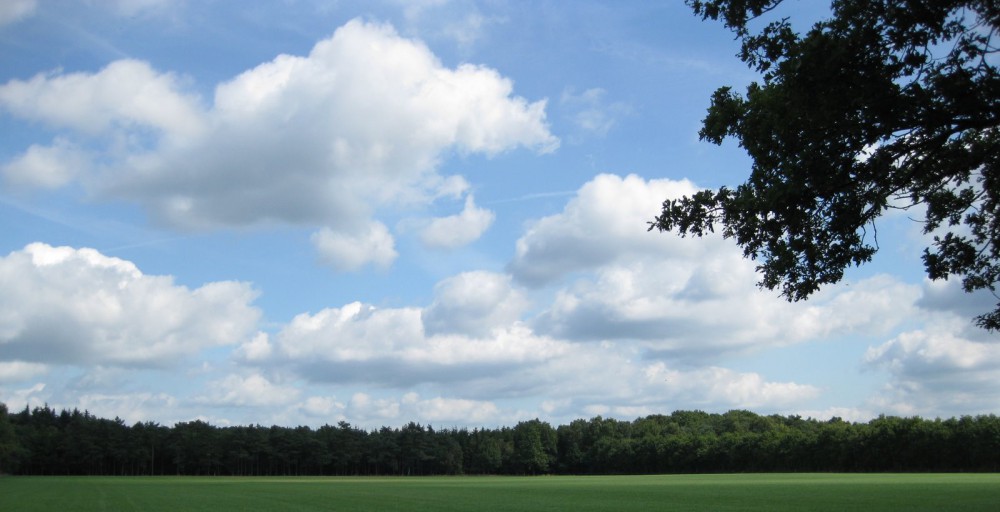Advayavada Buddhism is a secular, non-dual and life-affirming philosophy and way of life derived from Nagarjuna’s Madhyamaka, or philosophy of the Middle Way. The most important tenet of Advayavada Buddhism is that there is a fourth sign (or mark) of being implicit in the Buddha’s teaching, namely that, expressed purely in terms of human perception and experience, reality is sequential and dynamic in the sense of forever advancing for the better; what human beings experience and identify as good, right or beneficial, indeed as progress, is, in fact, that which takes place in the otherwise indifferent direction that overall existence flows in of its own accord.
To understand this important tenet, one should first come to realize most deeply, for instance through meditation on the incontestable non-duality of the world, that not the human manifestation of life (i.e. its ongoing process of re-combination, mutation, concatenate multiplication and disintegration of the expended units, and its vicissitudes and perils, even possible extinction, self-inflicted or not) is the measure of things in space and time, but that it is the whole of infinite interdependent reality itself, which, hardly affected, if at all, by the negligible impact of mankind’s doings on the overall scheme of things, will continue to become exactly as it, by definition, must.
It then becomes very clear to us that the Middle Way taught by the Buddha as the correct existential attitude is not meant to in the least deviate from the Dharma of the whole; that the objective of the Middle Way is, in fact, to reconnect and reconcile us with wondrous overall existence; and that the Middle Way in its dynamic Noble Eightfold Path mode must indeed be seen as an ongoing reflexion at the level of our personal lives of wondrous overall existence becoming over time in its manifest direction. Now, as the Eightfold Path takes us forward for the better and better, it follows, inductively if you will, that, in human terms, existence as a whole becomes over time for the better and better as well. Inversely, we experience as good, right or wholesome those events which are in agreement with the overall otherwise indifferent pattern and direction of existence – it is for this reason that they are experienced thus; this fact is, indeed, the fourth sign or mark of being we speak of.
The purpose of Buddhism is then, obviously, not to shun life as many choose to believe, but, on the contrary, to return mankind to the fold of wondrous overall existence and to delight in it. Buddhism must be understood correctly as a ‘way of reconciliation’ with the whole of existence just right as it is, i.e. as it truly is beyond our commonly limited and biased personal experience of it. The aim of Advayavada Buddhism is to help us understand this main purpose of Buddhism more clearly and to give us individually the necessary tools to become a true part of the whole, here and now.
© advayavadabuddhism.org, Amsterdam 2020.
